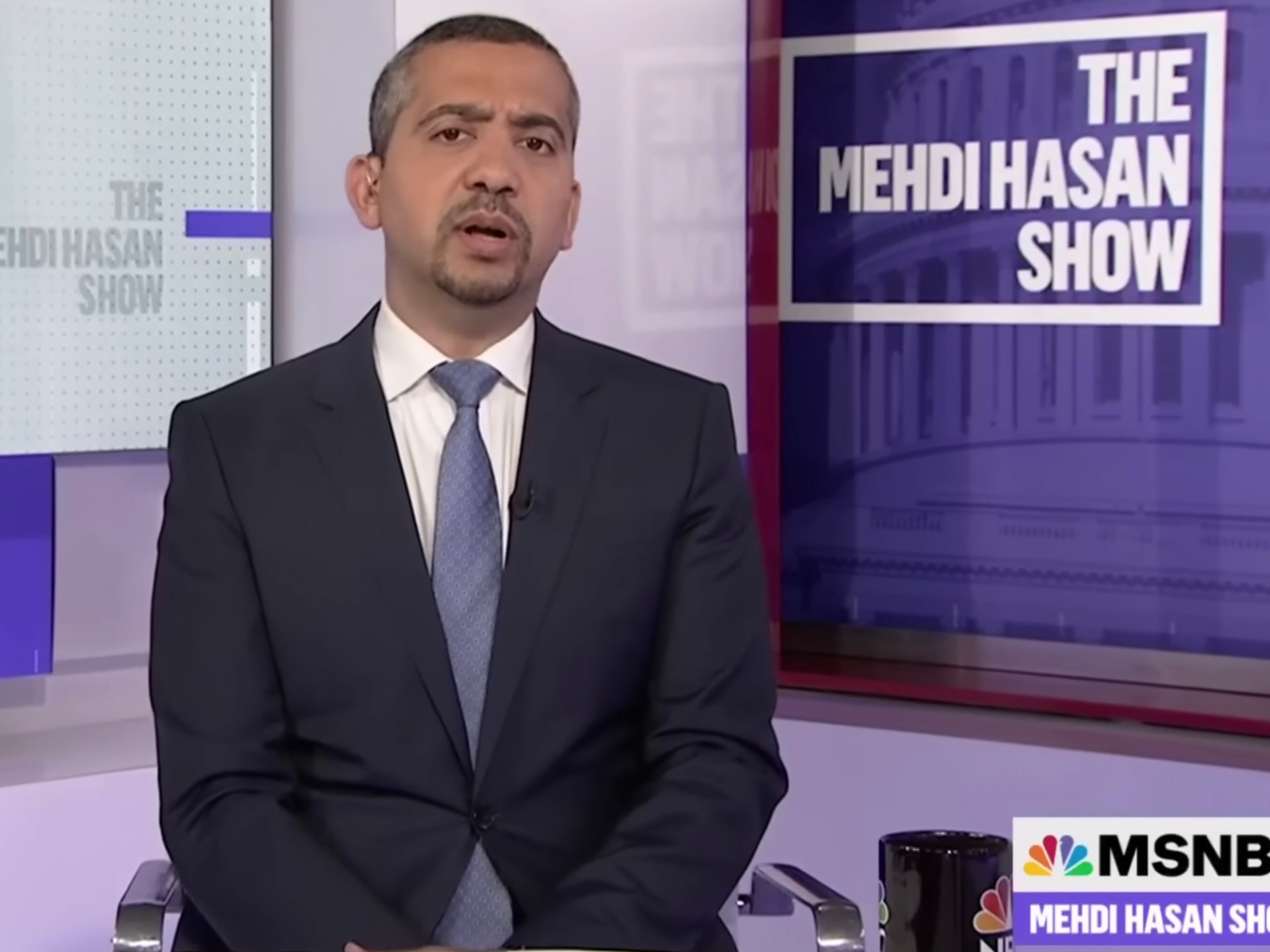Analysis: How long will Hezbollah’s Nasrallah hold back against Israel?
For the first four weeks of Israeli assault on Gaza, Syed Hassan Nasrallah was conspicuously silent. When he finally spoke, a week ago, the world listened anxiously: Would the leader of the Lebanese Hezbollah, the strongest militia in the region, declare a full-scale war on Israel?
It was much ado about nothing. In his well-known fiery style, Nasrallah reiterated Hezbollah’s views on regional issues and warned Israel.
There was no big announcement, and the speech was not followed by fighters storming into Israel or even a token salvo of missiles. The standoff continued as usual: tension, skirmishes, and occasional flare-ups, all measurable and containable.
Not the time to declare war
His second speech, delivered Saturday, was much of the same. At least two things indicated that Saturday’s speech would also not be a significant declaration of war on Israel.
First, its timing was led not by current events but those of some 40 years ago: Saturday is Hezbollah Martyrs Day, commemorating one of the first and most venerated suicide bombers who blew himself up amid Israeli troops in southern Lebanon in 1982, killing at least 80.
![Hezbollah supporters hold pictures of their relatives who died fighting with Hezbollah as they listen to a speech of Hezbollah leader Sayyed Hassan Nasrallah via a video link, during a ceremony marking the "Hezbollah Martyr Day," in the southern Beirut suburb of Dahiyeh, Lebanon, Saturday, Nov. 11, 2023 [Hassan Ammar/AP Photo]](https://www.aljazeera.com/wp-content/uploads/2023/11/AP23315545144193-1699717718.jpg?w=770&resize=770%2C513)
The second indicator was that Iran’s President Ebrahim Raisi is attending the Arab-Islamic summit on Gaza in Riyadh on Saturday, his first trip to Saudi Arabia since the two countries resumed diplomatic relations in March.
Now, Tehran has said on several occasions that it does not want direct war with Israel, aware that it would easily become a wider conflict and drag in the United States. For its part, Washington sent the same message.
But between doing nothing and “direct engagement”, Iran had and still has a middle-of-the-road option: engaging by proxy, through Hezbollah and the Houthis who would gladly show Israel their teeth.
If Arabs will not go to war, if Iran will not go alone, the question on many people’s minds was whether its proxies might go, saving everyone’s face.
The answer was always: Yes and no. Or rather, no and yes.
Hezbollah never wanted to mount a full-scale land attack — and the Houthis could not do it across 2,000 kilometres (about 1,250 miles), even if they wanted to.
But the two groups remain tied to Tehran, which provided them with initial training, equipment, and the know-how for indigenous production of weapons much more sophisticated than the homemade rockets both started with.
The arsenal
Hezbollah’s arsenal is an eclectic mix of old and new, Eastern, Western, Iranian and locally produced weaponry. Some of it was demonstrated in an “open day” the group staged on May 21 in southern Lebanon.
We had seen many of these weapons already, but the mix was interesting. Electronic rifles, shoulder-fired missiles, and lightly armed quadbuggies can tell us a lot about how Hezbollah would fight.
At least two types of electronic anti-drone guns were demonstrated — believed to be useful in blocking smaller tactical drones, causing them to drop dead.
Anti-aircraft shoulder-fired missiles — like the Chinese SK-18, also known as QW-18 — are a potent deterrent against low-flying aeroplanes and helicopters, although drones are difficult for them to hit.
Rather than cumbersome, well-armoured vehicles, Hezbollah showed a fleet of practical four-wheel all-terrain lightly armed quad buggies that are fast, mobile, and can deploy on any terrain in northern Israel. Some carry machine guns, others anti-tank missiles like the Kornet or its Iranian copy, Dehleviyeh. Those teams can set up ambushes unnoticed and escape quickly.
Against naval targets, Hezbollah has the Noor, an Iranian version of a Chinese anti-ship cruise missile it used to hit and nearly sink an Israeli corvette in 2006. Reliable sources have said the militia now also has the Russian-made Yakhont, which is much more potent and has a longer range.

Finally, a recent Houthi demonstration of firepower gives us a clue about Hezbollah’s. The Yemeni group shot down one of the biggest US armed reconnaissance drones, MQ-9 Reaper, allegedly using a local modification of the old Soviet AA-10 Alamo air-to-air missile. If they can convert the AA-10 to be fired from the ground and tracked to the target, Hezbollah must be able to.
Will they, or won’t they?
Hezbollah is certainly ready and capable of a careful dose of escalation with Israel to a point just short of a full war, at any time.
How long and how much it will remain politically held back from such action may depend on Iran and Nasrallah, who does not need to go into the nitty-gritty of military action. He can content himself with words, warnings, and threats. The military wing of Hezbollah would do the rest.
So far, most of the fighting has been by drones, missiles, and artillery, and limited small-unit incursions on the ground, penetrating a few kilometres into enemy ground and then retreating — typical reconnaissance in force. Casualties have been contained, if the loss of more than 60 militiamen can be called that.
Using its Burkan short-range rockets – which carry up to 500 kilograms (1,100 pounds) of explosives — and Iranian suicide drones, Hezbollah damaged or destroyed Israeli observation towers built on high ground along the border to reconnoitre into Lebanon.
To date, the first real escalation came from Israel, not Hezbollah: On Saturday, its combat drone hit a vehicle in Zahrani, 45km (28 miles) inside Lebanon, as well as other yet unidentified targets deep in the region of Tyre.
Hezbollah is certain to retaliate, most probably by sending some of its formidable long-range rockets deep into Israel, targeting cities beyond the reach of Hamas rockets. But, as Nasrallah told the world on Saturday, there will be no big war.




